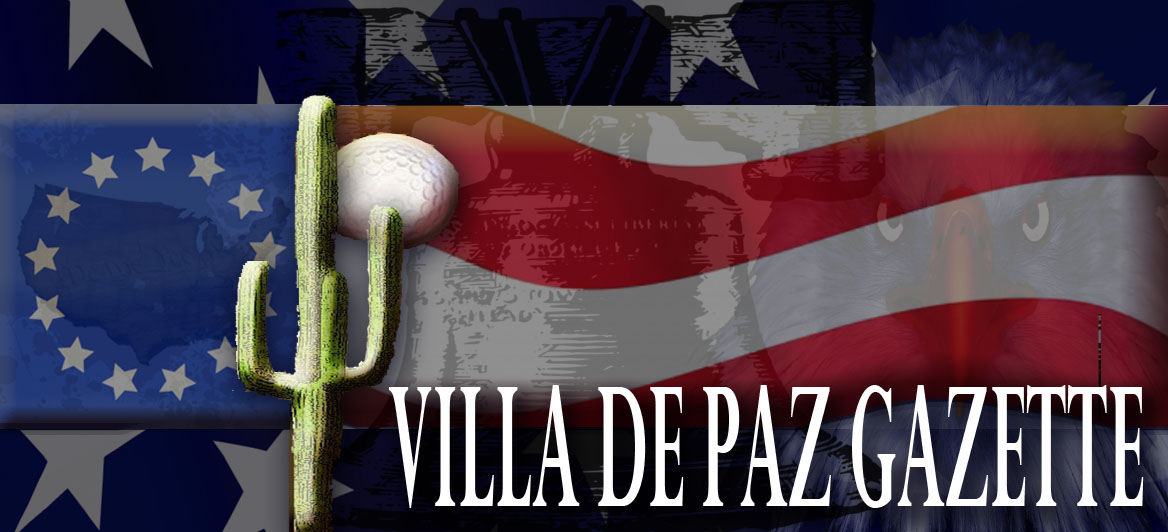Staff Writer, DL Mullan
Astronomy / Stargazing _______________________________
June is a bit quiet when it comes to stargazing events. However, every night Mercury, Jupiter, Mars, and Saturn can be seen as well as different modes of the Moon. In the morning hours close to dawn, Venus shines bright.
- June 13 - Full Moon. The Moon will be directly opposite the Earth from the Sun and will be fully illuminated as seen from Earth. This phase occurs at 04:11 UTC. This full moon was known by early Native American tribes as the Full Strawberry Moon because it signaled the time of year to gather ripening fruit. It also coincides with the peak of the strawberry harvesting season. This moon has also been known as the Full Rose Moon and the Full Honey Moon.
- June 21 - June Solstice. The June solstice occurs at 10:51 UTC. The North Pole of the earth will be tilted toward the Sun, which will have reached its northernmost position in the sky and will be directly over the Tropic of Cancer at 23.44 degrees north latitude. This is the first day of summer (summer solstice) in the Northern Hemisphere and the first day of winter (winter solstice) in the Southern Hemisphere.
- June 27 - New Moon. The Moon will be directly between the Earth and the Sun and will not be visible from Earth. This phase occurs at 08:08 UTC. This is the best time of the month to observe faint objects such as galaxies and star clusters because there is no moonlight to interfere.

Source: Sea and Sky, AccuWeather, Weather Underground
